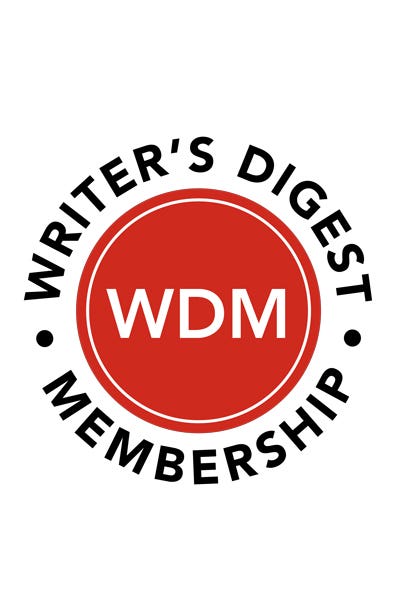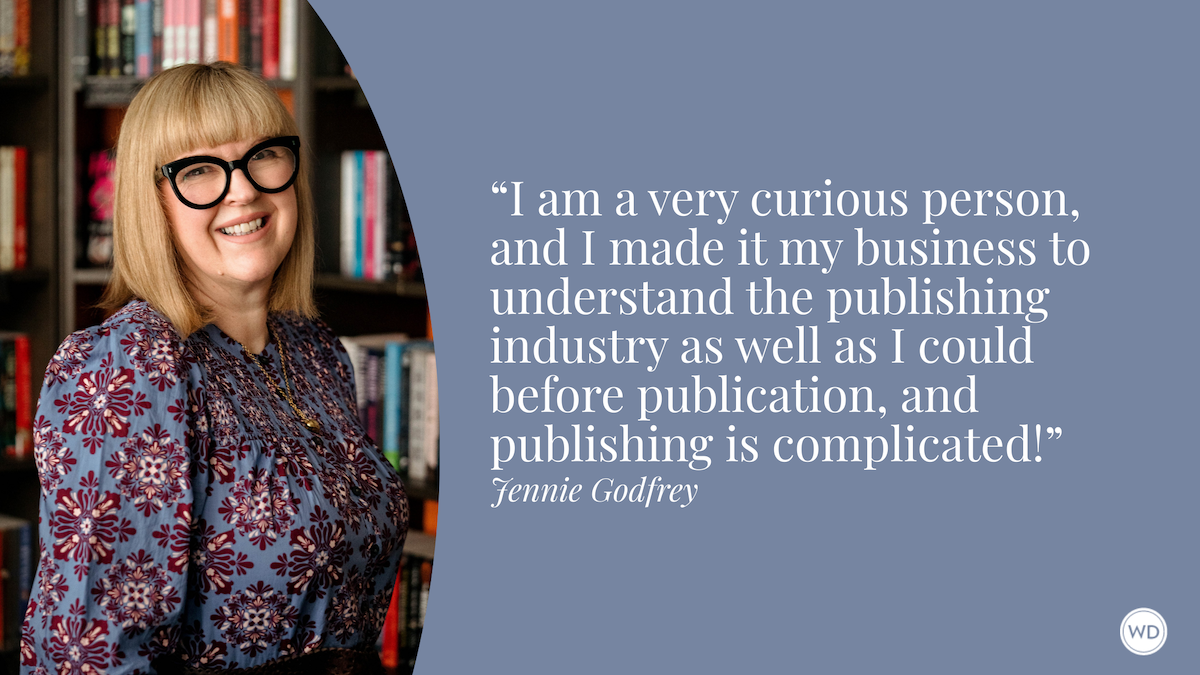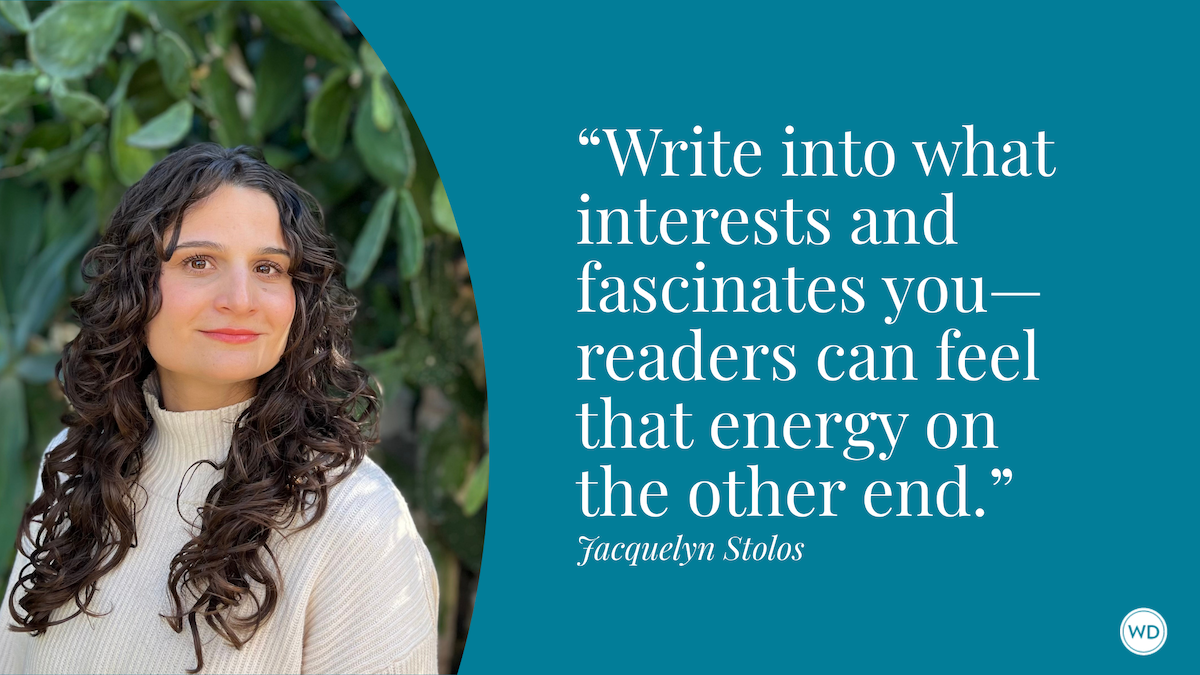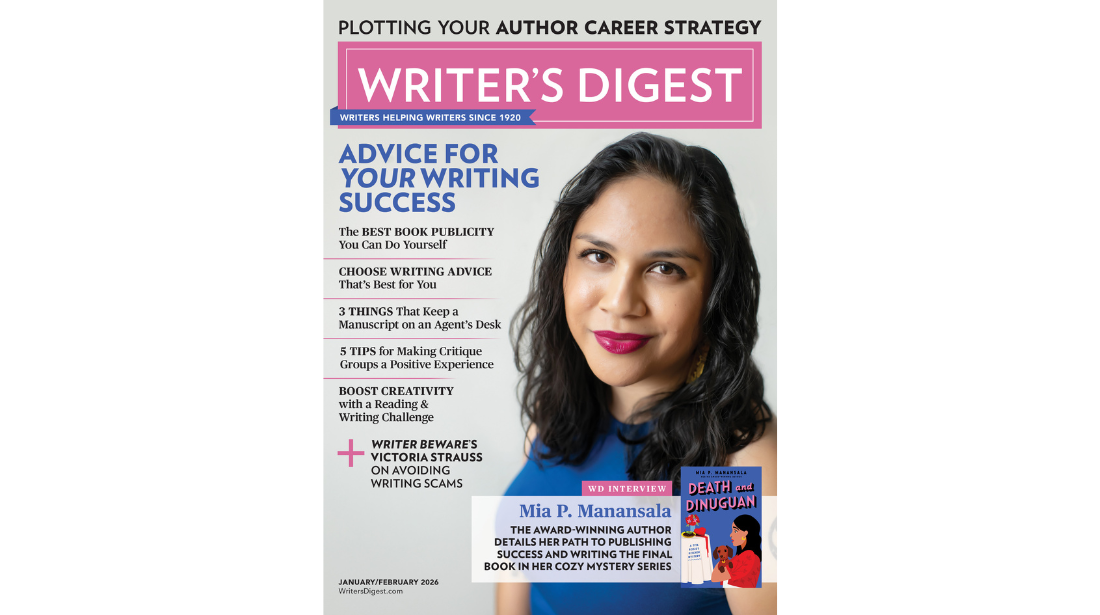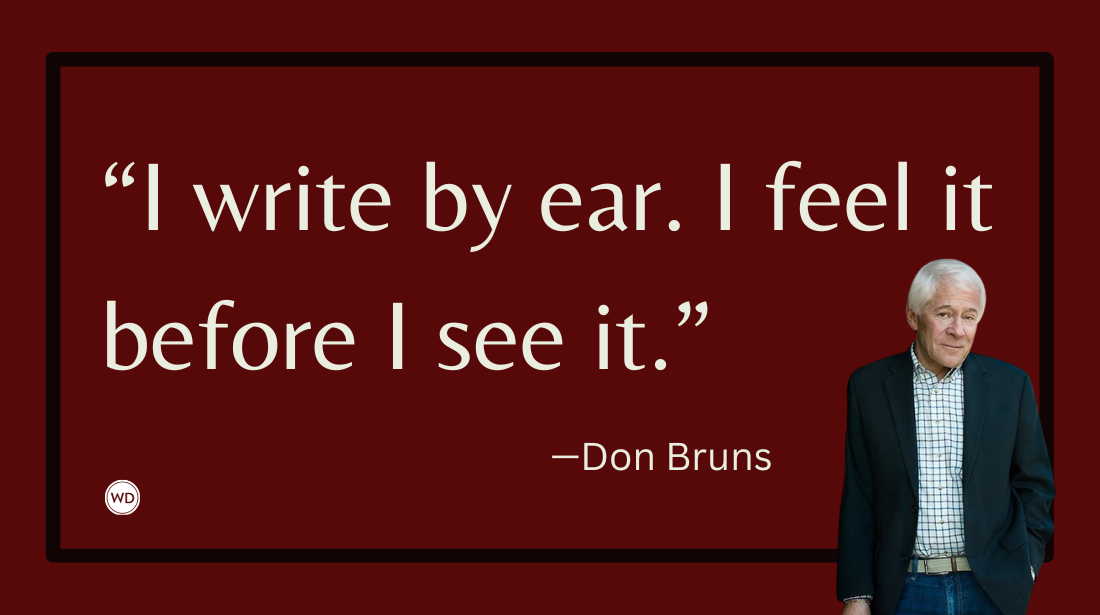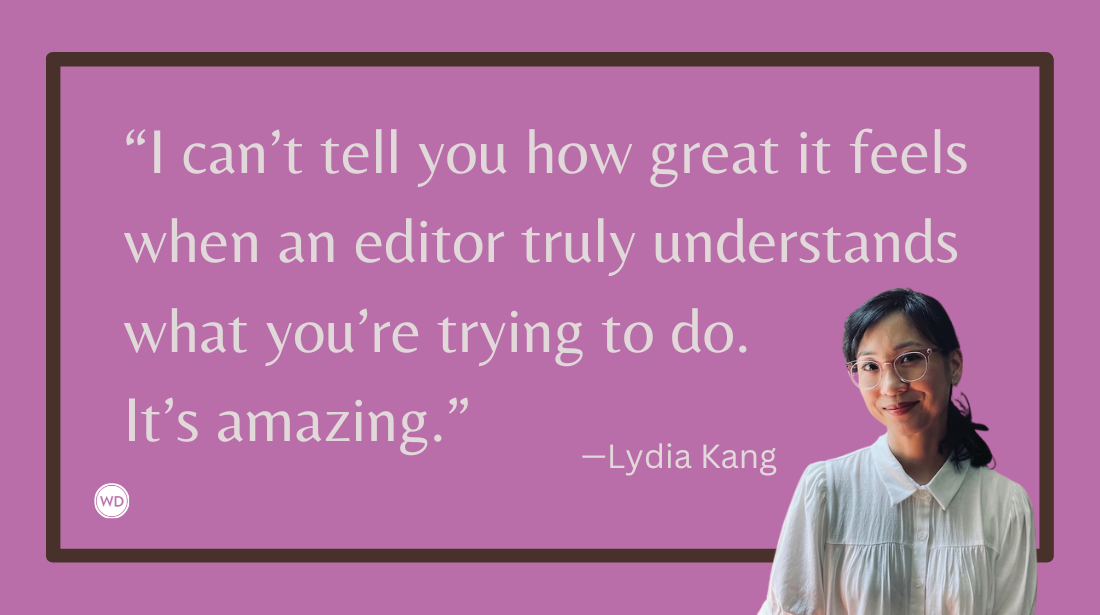5 Tips for Writing a Near-Future Romance
Author Claire Barner shares her top five tips for writing a near-future romance, including how to handle characters and the (near) future.
Writing a mash-up that takes elements from the sci-fi or dystopian genre and from the romance genre can result in a story with vivid characters and an exploration of big ideas. Near-future romance lets writers explore timely issues without losing the emotional depth that comes from a strong romantic arc.
When done well, it results in stories that feel both relevant and deeply personal. Here’s five tips for authors looking to write a near-future romance.
Read Widely
Doing right by two genres at once requires being immersed in a diverse array of writing styles. Read classic authors like Jane Austen and Frank Herbert. Read recent bestsellers like Ali Hazelwood and Andy Weir. Read queer authors like Casey McQuiston and Becky Chambers. Read authors of color like Talia Hibbert and Nnedi Okorafor.
And then ask yourself, what’s resonating with me about these stories? What elements do I want to incorporate into my own writing style, and what parts are simply not for me? How do I want my readers to feel while reading my work? What do I want them to notice and appreciate about my writing?
As a reader, I want to become deeply invested in characters. I want to become obsessed with a love story. At the same time, I want to be challenged intellectually. I want to be immersed in points of view outside my lived experience and pushed outside my comfort zone. These elements of what makes a good story for me as a reader give me a blueprint for the kinds of books I want to write. And I think near-future romance is an ideal genre for blending a gripping character arc with complex themes.
Engage With Political and Social Ideas
A story about the near future shouldn’t be all hoverboards and flying cars. Authors choosing to write in this genre have a responsibility to engage with political and social ideas. And any near-future story would be remiss if it did not portray the consequences of climate change barreling down on us.
Many near-future writers gravitate to dystopias where society has irrevocably broken down due to a disaster, war, or other social upheaval. I decided to do something different. In my debut novel Moonrising, I chose to build a world where there hasn’t been a major disruption to the status quo yet, and humanity is at a crossroads. In 2073, the worsening effects of climate change are undeniable. We see climate refugees setting up camp in Chicago and construction workers in Abu Dhabi struggling in unbearable heat.
But there’s still time to work together to take action to save Earth. The characters in Moonrising believe the solution is to migrate much of humanity into space, and I deliberately leave ambiguous whether this grandiose plan is achievable. The result is a portrayal of a hopeful, if uncertain, future.
Research Deeply
Near-future stories are most powerful when they feel both grounded in the present and provide a window into a possible future. Decide on your time period and the major events that shaped the span between the present day and your future. Build a world that feels influenced by the events of the past, but not bogged down in too much detailed on-page world-building.
When I was writing Moonrising, I absorbed ideas from all around me and listened to experts’ predictions about the future. About a decade before the events in my novel takes place, deregulations at the FDA resulted in a poisoned strain of genetically modified potatoes causing a devastating plague. As my main character, Dr. Alex Cole, tries to convince the world to adopt mutagenetic food as the only solution to feed a world ravaged by climate change, she has to contend with the fallout from the Potato Plague.
By rooting my ideas in realistic potential outcomes of current policy decisions, this near-future story feels timely—especially when we see recent news like the FDA suspending milk quality inspections. As a near-future writer, I paint a picture of a potential future and hold a mirror up to our present day.
Develop Characters You Root For
Classic sci-fi might be all about the epic space battles, but a near-future romance should be grounded in rich, complex characters. I like to use the Story Genius, by Lisa Cron, method of character development, where I identify a misbelief for my characters.
This misbelief is a core ingrained idea a character has about themselves, others, or the world that drives their decisions. Over the course of the novel, the character is forced to confront their misbelief, or risk tangible consequences. This method ensures that the character’s inner journey and how they change from the beginning to the end of the novel is treated with the same importance as their outer journey.
In Moonrising, Alex is convinced that her controversial approach to mutagenetic food is the only correct one. She has little patience for anyone who believes mutagenetic food is unsafe and thinks those around her are being irrational by letting the events of the Potato Plague a decade ago influence their opinions, instead of simply following the science.
Over the course of the novel, she learns how to bring other people along with her ideas through genuine connection and a healthy dose of patience. I loved writing the chapter where Alex finally figures out how to reach the others living on the Moon colony and get them to try the food she’s been growing in the lunar greenhouse. Characters that grow and change before our eyes are characters we get invested in.
Write Swoon-Worthy Romance
A good love story should make a reader invested in the outcome, waiting for that moment, finally, when the two characters come together. You want your reader kicking their feet about every glance, touch, or declaration. So think about your favorite love stories. What made you care about this relationship?
My favorite love stories are the ones when the character has met their perfect foil—and who will eventually become their perfect match. When Alex meets Mansoor, she doesn’t trust this suave, rich businessman who has plotted behind her back with NASA to recruit her to the Moon colony. She expects him to dismiss her ideas, the way so many people throughout her life have done, but instead he treats her with refreshing respect. Alex has believed all her life that letting people in only leads to disappointment, and as she falls in love with Mansoor, she’s forced to reevaluate that misbelief and fight for Mansoor and their shared vision of the future.
To successfully write a near-future romance, you need to tie together a satisfying character arc, a captivating love story, and a plot that engages with political and social commentary.



